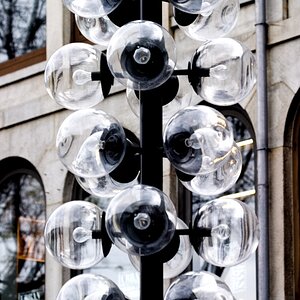||||||||||
TPF Noob!
- Joined
- Feb 1, 2015
- Messages
- 5
- Reaction score
- 0
- Can others edit my Photos
- Photos NOT OK to edit
I volunteered to shoot our Change of Command ceremony next week for our Group (Air Force ceremony, so not sure if any of that made sense). Anyways, the event will be indoors. I am not sure what the room looks like as far as lighting goes, but I assume lighting should be fairly adequate. I want to make sure I do this right, so I was hoping I could get some pointers.
To start with, I have never shot an indoor event like this. Most of my pictures are outdoors (I take a lot of automotive photos from car shows, etc. as well as photos of city architecture on my travels around Europe). Below is the equipment I will be using for this event:
Nikon D40X
Nikon SB-800 Speedlight
Nikkor 18-200 3.5-5.6 AF-S VRII lens
I just got the Speedlight not that long ago, and the lens itself I just got literally last week so I have only used it once. The body I am very comfortable with though. I typically shoot both with my Speedlight and camera on Manual modes, but I sometimes have a hard time regulating shutter speed and aperture with flash power and it will sometimes take a couple tries at the same shot to get it right. One thing I have noticed (and maybe it has something to do with settings I can change) is that when using a Speedlight, the exposure meter in the view finder is completely useless and I have to more or less look a the photo after I take it to make sure it was not over/underexposed. Is this just how the exposure meter works with Nikon Speedlights, or is my speedlight/camera not set up to work properly together?
Besides that, I just wanted to know if there were any tips anyone could give on how to make this a success, i.e. what exactly to shoot, what not to shoot, what settings to use, etc. I am not getting paid for this obviously, this is just a volunteer thing I am doing so they aren't expecting much, but I do try to take my photography seriously and I want to make a good name for myself with this ceremony.
To start with, I have never shot an indoor event like this. Most of my pictures are outdoors (I take a lot of automotive photos from car shows, etc. as well as photos of city architecture on my travels around Europe). Below is the equipment I will be using for this event:
Nikon D40X
Nikon SB-800 Speedlight
Nikkor 18-200 3.5-5.6 AF-S VRII lens
I just got the Speedlight not that long ago, and the lens itself I just got literally last week so I have only used it once. The body I am very comfortable with though. I typically shoot both with my Speedlight and camera on Manual modes, but I sometimes have a hard time regulating shutter speed and aperture with flash power and it will sometimes take a couple tries at the same shot to get it right. One thing I have noticed (and maybe it has something to do with settings I can change) is that when using a Speedlight, the exposure meter in the view finder is completely useless and I have to more or less look a the photo after I take it to make sure it was not over/underexposed. Is this just how the exposure meter works with Nikon Speedlights, or is my speedlight/camera not set up to work properly together?
Besides that, I just wanted to know if there were any tips anyone could give on how to make this a success, i.e. what exactly to shoot, what not to shoot, what settings to use, etc. I am not getting paid for this obviously, this is just a volunteer thing I am doing so they aren't expecting much, but I do try to take my photography seriously and I want to make a good name for myself with this ceremony.



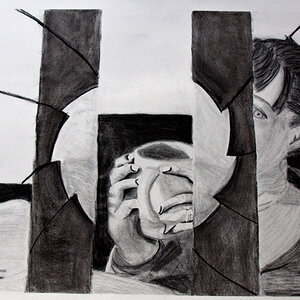
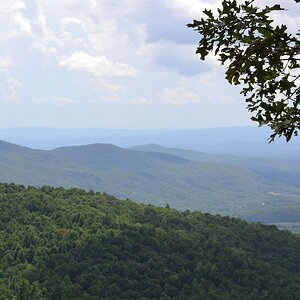
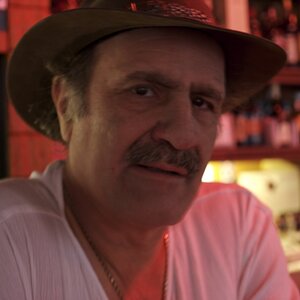
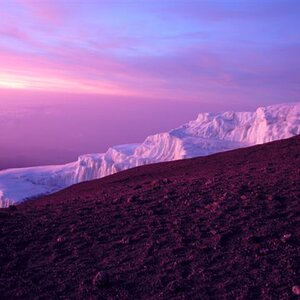
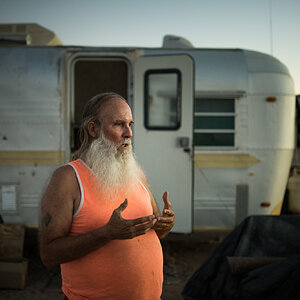
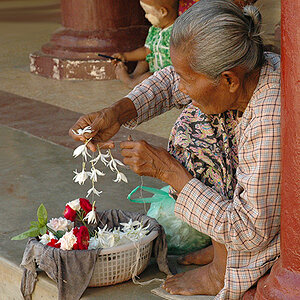
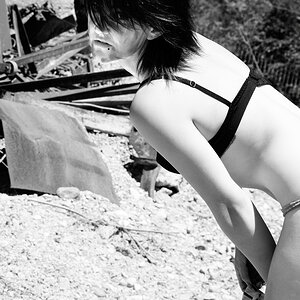
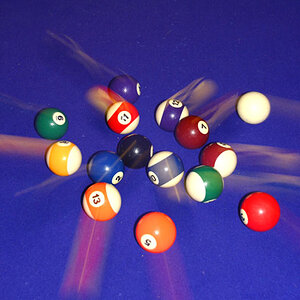
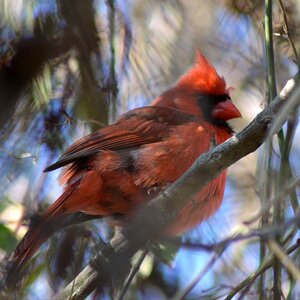

![[No title]](/data/xfmg/thumbnail/36/36101-1d9d7b0215488ea489d3bdb28d87ebeb.jpg?1619737345)
